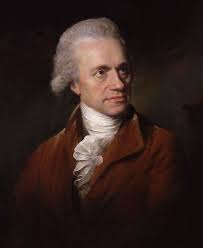Introduction
Uranus is the seventh planet from the sun, and is the last planet that can be seen without the aid of a telescope. Uranus is one of the two ice giants and has a blue-green color. Because of its odd rotation, it has unique characteristics in relation to light on the planet. Uranus was discovered in 1781 by William Herschel. It was actually the first planet to be discovered by using a telescope.
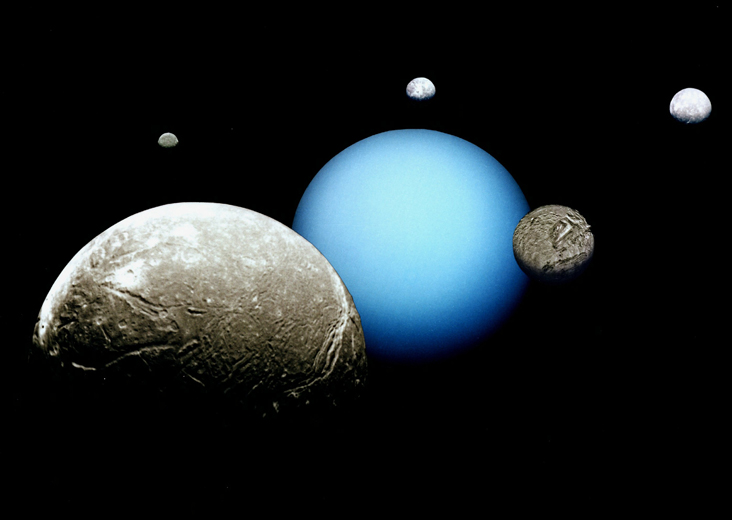
Size & Scale
Uranus has a diameter four times the length of Earth. Even though Uranus is only four times the size of Earth, it is significantly more massive because of its characteristics as an ice giant. With a weight of 86 septillion kilograms, Uranus is 14.5 times more massive than Earth.

Environment/Terrain
Uranus is one of the two ice giants in the Solar System, the other being Neptune. Uranus’s atmosphere is mostly composed of hydrogen and helium, with small amounts of methane, ammonium, and water. The blue-green color comes from the methane gas. Uranus’s core makes up 80% of its mass, containing mainly icy materials. Voyager 2 found only a few clouds in the planet's atmosphere. Later, though, the Hubble Space Telescope found more activity such as the Great Dark Spot on Uranus’s surface. Uranus also has a very interesting rotation. It rotates sideways, making a continuous 21 years of sunlight followed by 21 years of darkness. Uranus takes 84 years to orbit the Sun. Uranus also has rings, similar to Saturn. Nine faint rings were discovered in 1977, and the interesting part about Uranus’s rings are the way they orbit the planet. Because of the unique rotation, the rings and moons surrounding Uranus rotate like a ferris wheel.
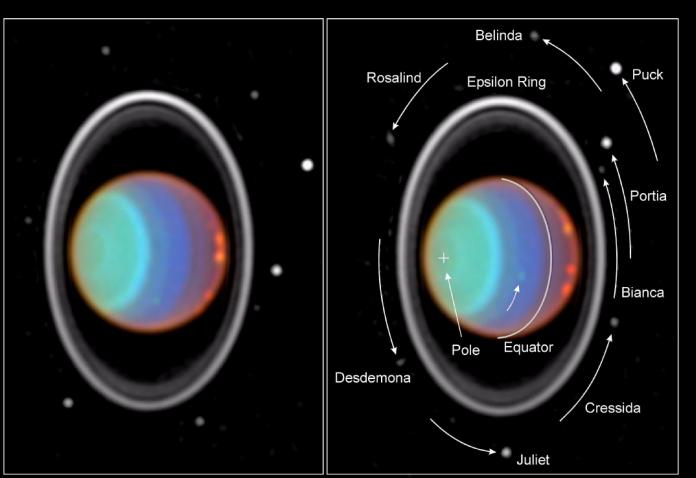
Orbiting Bodies
Uranus has a total of 27 orbiting bodies; however, the five largest satellites are Miranda, Ariel, Umbriel, Titania, and Oberon. Unlike the other planets, Uranus’s moons take their names from the writings of Shakespeare and Alexander Pope.
Miranda has a large variety of geologic features, including canyons, grooves, rolling hills, and crater remains. Scientists believe that Miranda collided with a body of similar size, and that the gravitational pull between all the pieces formed the moon. Ariel is covered in many valleys and scrapes. The moon also has linear grooves and smooth patches, which is thought to be the effect from moving tectonic plates. Umbriel is similar to Ariel’s size, and it is the least geologically active. There is a bright ring on Umbriel, and this is thought to be formed from a deposit of frost ringing and impact crater. Titania is the largest of the moons, and considered to be extremely old, since there is a high density of impact craters. There are many frost deposits similar to Umbriel’s. Oberon is almost the same size is Titania, and it also contains many impact craters. There are deposits of darker material on Oberon’s surface, and this is thought to have originated from inside the moon. Oberon may be volcanically active.
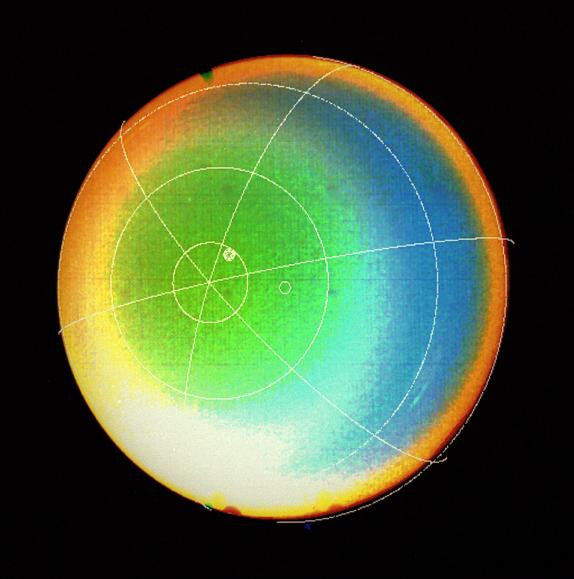
Missions
In 1977, while observing a distant star, scientists discovered 9 faint rings around Uranus when the star passed behind the planet. In 1986, Voyager 2 discovered 10 moons and an additional 2 rings in its famous Uranus flyby. Between 1997 and 2005, more moons and 2 more delicate rings were discovered around Uranus. Voyager 2 is the only spacecraft of any kind to visit Uranus.
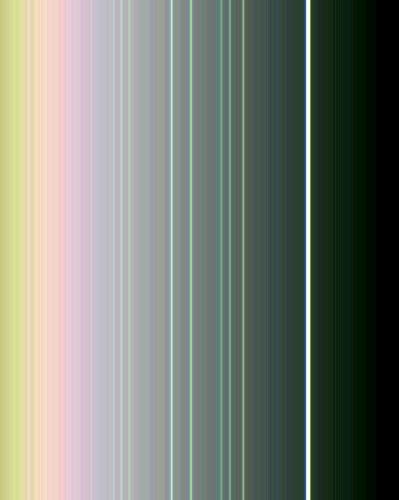
History
In 1781, the English astronomer William Herschel discovered Uranus as a planet and not just a star. Uranus was originally going to be named Georgian Sidus after King George III, but instead it was named after Uranus, the Greek god of the sky. In Roman mythology, Uranus was the grandfather of Jupiter. In this same mythology, he was the father of Saturn, and he was the earliest supreme god. Between 1787 and 1851, 4 of Uranus’s moons were discovered: Titania, Oberon, Ariel, and Umbriel, and in 1948, the moon Miranda was discovered.
